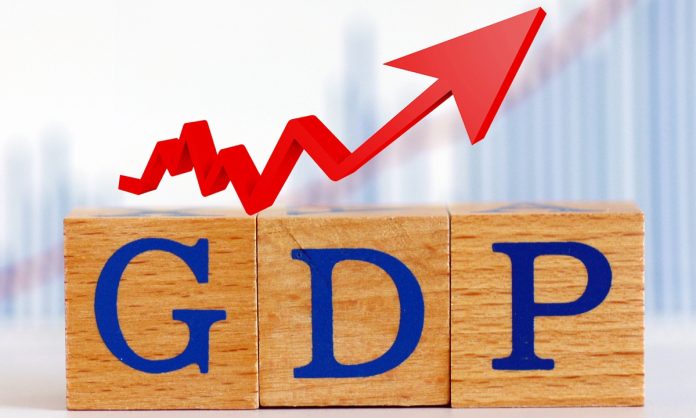- As you are aware, the global community is enduring one of the worst economic scenarios in terms of sustainability of growth to provide much-needed succor to its respective citizens. The ongoing Russia-Ukraine conflict has immensely contributed to further exacerbating the hardships coming close on the heels of the pandemic ravages are also visible all around. Severe disruptions to global supply chains have only succeeded in piling on the miseries endured by the global community for quite some time now. No wonder, the inflationary trends are already singeing the citizens irrespective of their countries’ standing internationally.

PC AuthorValerie Forgeard
- The inflationary trends are exposing to what extent day-to-day living has taken a hit across the world. Indications are that this will continue indefinitely. Back home, the Indian government took several fiscal measures right through the pandemic mayhem to mitigate the sufferings of its citizens. As compared to several advanced and developed countries, India did manage to stay afloat despite encountering tremendous hardships in sustaining economic challenges. Of course, the fight to survive is still on even as inflationary trends are breathing down the country’s neck. Let’s look at what a credit rating agency like Moody suggests here.
- Moody’s retained India’s sovereign rating at Baa3 with a stable outlook, indicating that it’s subject to moderate credit risk. Baa3 represents the medium-grade category and the rating is unsurprising. If anything, India’s resilience to macroeconomic shocks is greater than what the rating implies. Moody believes geopolitical challenges will not derail the economic recovery, leading to a stable outlook. Notably, the negative feedback between the economy and financial system is receding too. Note that among G20 economies India stands out. Moreover, the base for government debt financing is mainly domestic.

PC: Anjan Roy
- The process is smoothened by RBI’s liquidity operations and a mandate for banks to hold a proportion of their deposits in government debt. Reassuringly, RBI also holds foreign exchange to insulate domestic financial markets from external shocks. Mind you, India is well-placed today in terms of both retail inflation rate and forecast growth rate. Of all these factors, it’s the growth rate that holds the key to a stable environment. Since 1991, India’s debt sustainability has rested on its growth trajectory. Barring a couple of years, economic growth has outpaced the interest rate on government debt, an important metric of debt sustainability.
- Government expenditure is generally inflexible while revenue is influenced by growth. Therefore, every protracted spell of a slowdown in growth rate leads to an increase in the debt to GDP ratio. For instance, states’ debt to GDP ratio was 22.6% in 2012-13. Subsequently, as growth trended lower, this ratio worsened to 26.3% by 2019-20. For GOI, the ratio of interest payment to revenue increased to over 40% after the 2020-21 economic contraction from the average of 36.5% in the last decade. As such, a high growth rate is the fulcrum of debt sustainability. Efforts to push in this direction are bound to yield positive results.






